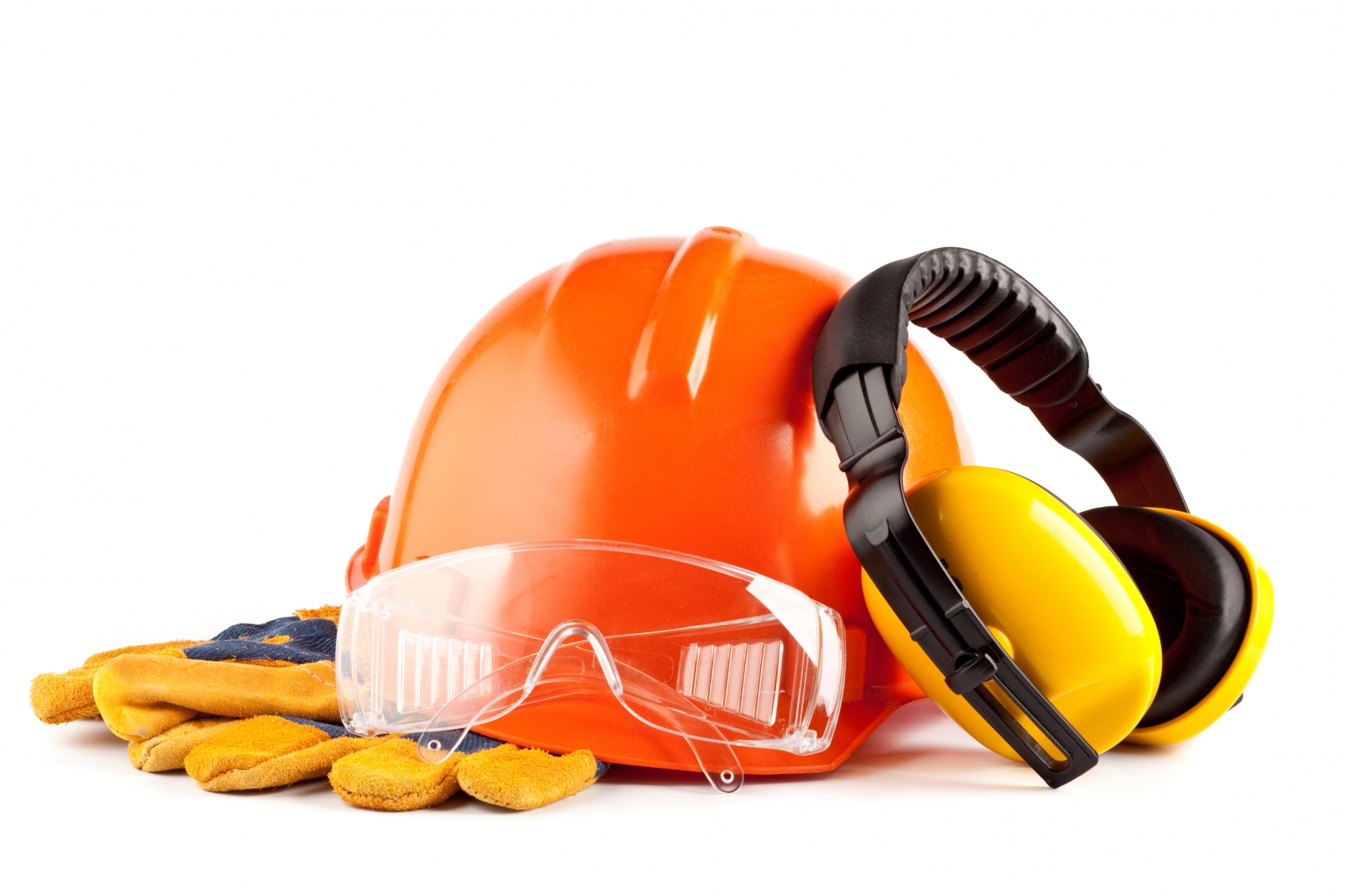While agreements between employers and their partnering staff firms often vary, most often the responsibility for Worker’s Compensation claims falls on the staffing firm for contract or temporary placements. However, if you partner with staffing firms to provide you with contract or temporary workers you share in the responsibility for their safety. Not sure what your responsibilities may be? Here’s what OSHA has to say!
Tag Archives: OSHA
The Most Dangerous Jobs in America
Each job has its own set of inherent hazards however, some are far more dangerous than others. Safety programs, trainings, and strong supervision can play a major factor in the overall safety of a job and workplace environment. The Bureau of Labor Statistics reported more than 4,400 deaths were caused by injuries in the workplace in the United States in 2013. Let’s take a look at the deadliest jobs and what their biggest hazards are.
OSHA's Revised HCS In Effect!
With the first compliance date effective December 1, 2013; the revised HCS is now in enforcement. What does this mean for employers? Employers are required to have their employees trained on the new label elements and the SDS format. This deadline is the first phase in the new compliance set forth when OSHA revised its Hazard Communication Standard to align with the United Nations’ Globally Harmonized System of Classification and Labeling of Chemicals or GHS.
This revision includes two major changes; being the required use of new labeling elements and a standardized format for Safety Data Sheets replacing Material Safety Data Sheets. These changes were set forth to improve worker understanding of the hazards associated with the chemicals present in their workplace. OSHA has phased the new requirements in from December 2013 through June 2016.
The minimum required training topics to be completed by December 1, 2013 according to OSHA’s website include:
Training on label elements including information on:
- Type of information the employee would expect to see on the new labels, including the
- Product identifier: how the hazardous chemical is identified. This can be (but is not limited to) the chemical name, code number or batch number. The manufacturer, importer or distributor can decide the appropriate product identifier. The same product identifier must be both on the label and in Section 1 of the SDS (Identification).
- Signal word: used to indicate the relative level of severity of hazard and alert the
reader to a potential hazard on the label. There are only two signal words, “Danger” and “Warning.” Within a specific hazard class, “Danger” is used for the more severe
hazards and “Warning” is used for the less severe hazards. There will only be one
signal word on the label no matter how many hazards a chemical may have. If one
of the hazards warrants a “Danger” signal word and another warrants the signal word
“Warning,” then only “Danger” should appear on the label. - Pictogram: OSHA’s required pictograms must be in the shape of a square set at a
point and include a black hazard symbol on a white background with a red frame
sufficiently wide enough to be clearly visible. A square red frame set at a point
without a hazard symbol is not a pictogram and is not permitted on the label. OSHA
has designated eight pictograms under this standard for application to a hazard
category. OSHA3491QuickCardPictogram - Hazard statement(s): describe the nature of the hazard(s) of a chemical, including,
where appropriate, the degree of hazard. For example: “Causes damage to kidneys
through prolonged or repeated exposure when absorbed through the skin.” All of the applicable hazard statements must appear on the label. Hazard statements may
be combined where appropriate to reduce redundancies and improve readability. The
hazard statements are specific to the hazard classification categories, and chemical users should always see the same statement for the same hazards, no matter what the chemical is or who produces it. - Precautionary statement(s): means a phrase that describes recommended measures that should be taken to minimize or prevent adverse effects resulting from exposure to a hazardous chemical or improper storage or handling.
- Name, address and phone number of the chemical manufacturer, distributor, or importer.
- How an employee might use the labels in the workplace. For example:
- Explain how information on the label can be used to ensure proper storage of hazardous chemicals.
- Explain how the information on the label might be used to quickly locate information
on first aid when needed by employees or emergency personnel.
- General understanding of how the elements work together on a label. For example:
- Explain that where a chemical has multiple hazards, different pictograms are used to
identify the various hazards. The employee should expect to see the appropriate
pictogram for the corresponding hazard class. - Explain that when there are similar precautionary statements, the one providing
the most protective information will be included on the label.
Training on the format of the SDS must include information on:
- Standardized 16-section format, including the type of information found in the various sections.
- For example, the employee should be instructed that with the new format, Section 8 (Exposure Controls/Personal Protection) will always contain information about
exposure limits, engineering controls and ways to protect yourself, including personal protective equipment.
- How the information on the label is related to the SDS.
- For example, explain that the precautionary statements would be the same on the label and on the SDS.
For more information on the revisions visit OSHA’s website here.
Want to learn more about how you can gain access to Trillium’s national network of top level talent? Contact us today! If you are a stand out in your profession and seeking contingent or long term career opportunities, visit our job seekers section for more information!
Trillium, a national leader in staffing and recruitment is a valued staffing partner to over 5,000 companies nationwide. Trillium is privately owned by Oskar René Poch.
Safety Concerns As Construction Season Booms!
With construction in it’s peak for most of the country, now is a great time to assess your risks and safety protocols. As recently as this week headlines are filled with work related injuries including work related fatalities. How can you avoid putting your staff at risk?
This week the construction of the new “Levi’s Stadium”, future home of the 49er’s was plagued with a work related fatality. A local contractor lost one of their long time elevator workers when he was struck by a falling counterweight while standing on a ladder at the bottom of an elevator shaft. Even with 43 years of experience on the job and what has been reported as appropriate PPE for the job, this 63 year old was lost. The $1.3 billion project with approximately 1,000 tradesmen on site was shut down for two days. How can you protect your team before it’s too late?
Host and engage your staff in regular safety meetings. Even the most qualified and experienced of tradesmen need to be reminded of safety procedures, cautions, and be aware of what is taking place on the job site. Regularly screen employees for PPE and question them on their safety precautions. Encourage all contractors on site to report any safety concerns or possible dangers to the on site safety manager immediately. Some of the safest sites include those who offer bonuses to those who report safety concerns and offer rewards for long periods of time on site without injury.
While maintaining and regularly evaluating your job sites for safety concerns can be time consuming and cost additional investment dollars, the return on investment is undeniable. Simple investments such as reflective vests, bright colored hard hats, additional safety fencing, and mirrors can save costly injuries quickly. Be sure to include all temporary workers who are on site in your regular safety meetings and practices. Everyone on site, regardless of their length of employment should have a part in maintaining a safe job site.
Want to learn more about how you can gain access to Trillium’s national network of experienced construction workers? Contact us today! If you are a stand out skilled trades worker seeking short or long term career opportunities, visit our job seekers section for more information!
Trillium, a national leader in staffing and recruitment is a valued staffing partner to over 5,000 companies nationwide. Trillium is privately owned by Oskar René Poch.


